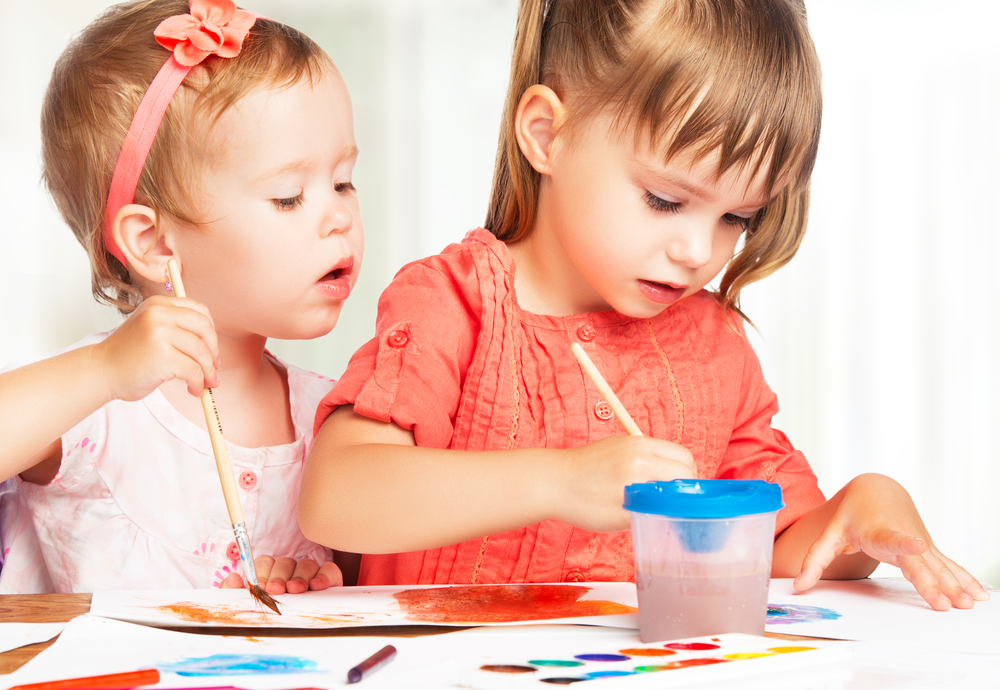Sound identification Worksheets for 4-Year-Olds
5 filtered results
-
From - To
Unlock your child’s potential with our Sound Identification Worksheets for 4-Year-Olds, designed to enhance early language and literacy skills. Through engaging activities, children will learn to recognize, differentiate, and match sounds to corresponding letters and images. These worksheets make learning fun with vibrant illustrations and age-appropriate challenges, fostering a strong foundation in phonics. Perfect for home or classroom use, our resources support young learners in developing critical auditory discrimination skills crucial for reading readiness. Make sound identification a joyful adventure with our interactive and educational worksheets, available exclusively on Kids Academy.
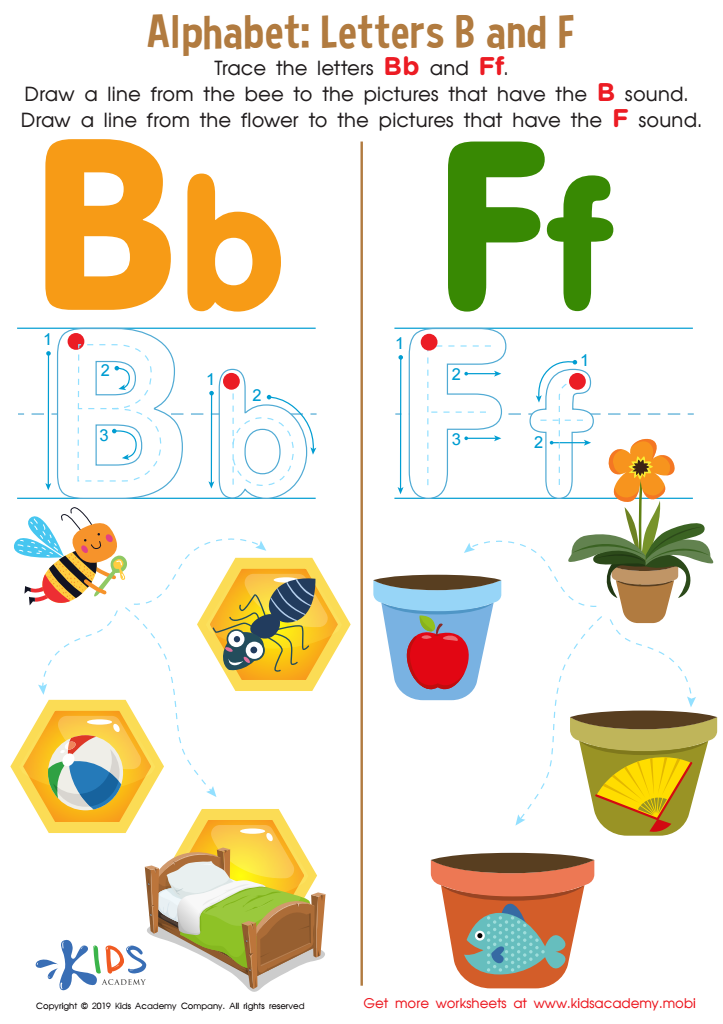

Letters B and F Tracing Worksheet
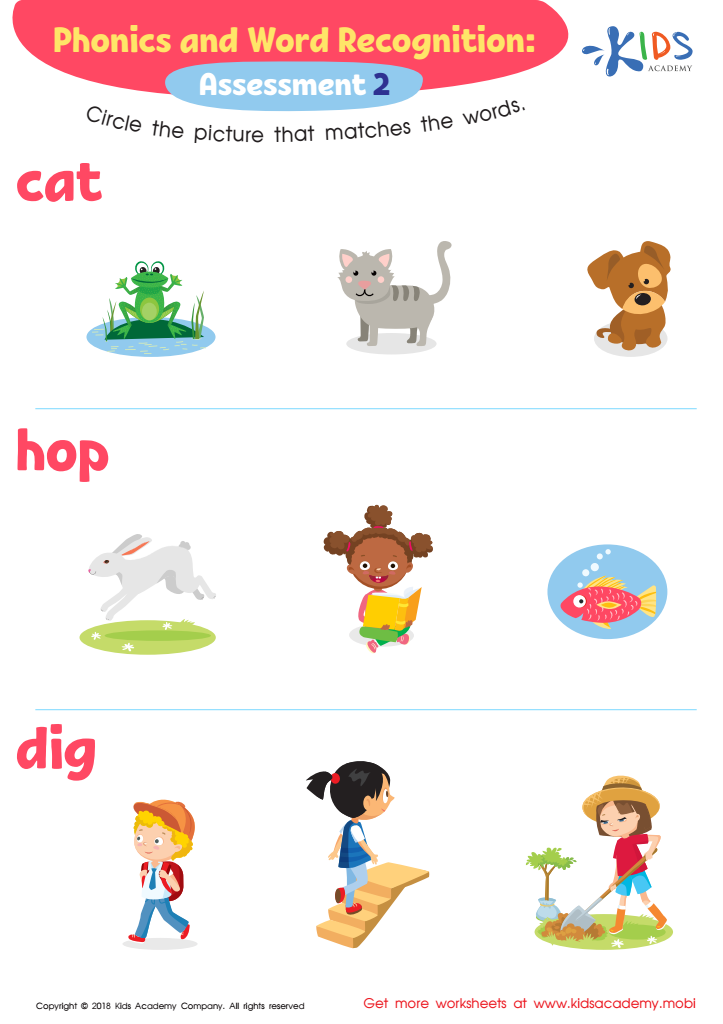

Phonological Awareness: Assessment 2 ELA Worksheet


Many Ways to Make a Sound Worksheet
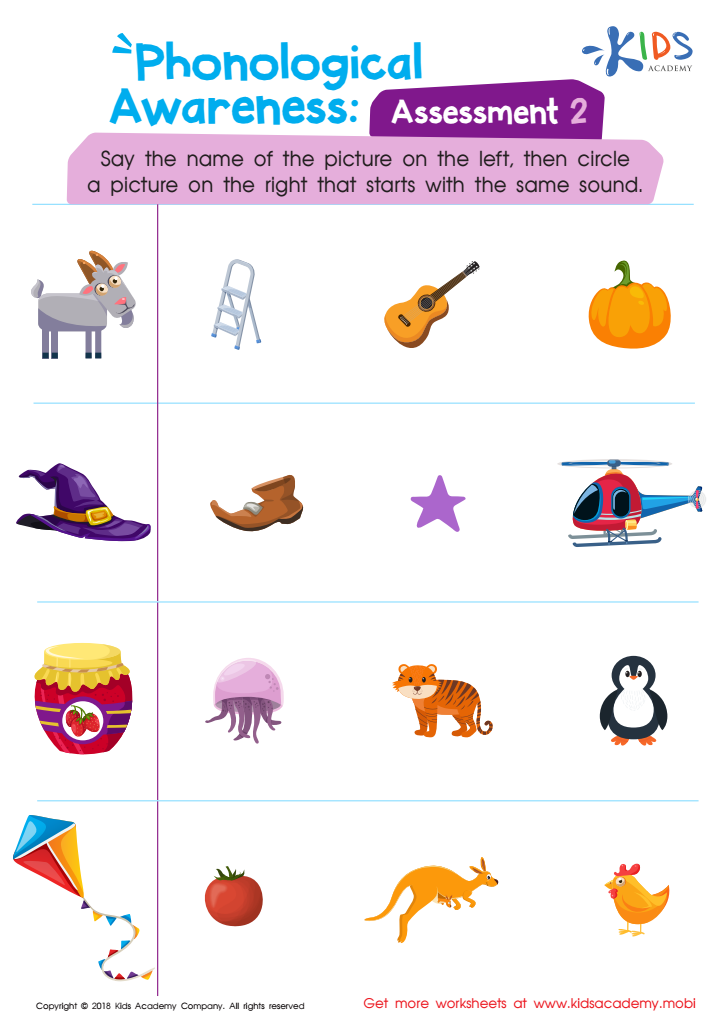

Phonological Awareness: Assessment 2 Worksheet
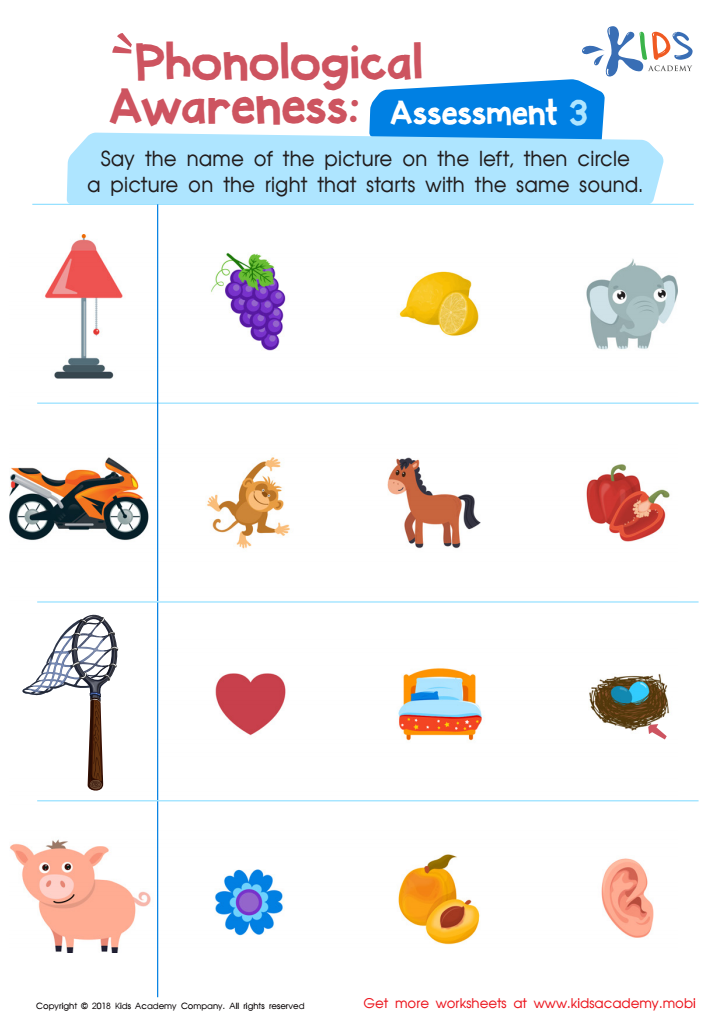

Phonological Awareness: Assessment 3 Worksheet
Sound identification is a fundamental skill for 4-year-olds that lays the groundwork for effective language development and future literacy. When children learn to identify sounds, including phonemes (the smallest units of sound), they enhance their auditory discrimination abilities, which are critical for distinguishing between different words and sounds as they grow.
One crucial reason for its importance is the direct link between sound recognition and reading skills. As children become more proficient in identifying sounds, they develop phonemic awareness – the understanding that words are composed of individual sounds. This awareness is a primary predictor of reading success and is essential for learning to decode words accurately and fluently.
Moreover, sound identification helps improve vocabulary and comprehension skills since recognizing and producing various sounds enables children to articulate words more clearly and understand what they hear better.
Beyond academics, sound identification supports effective communication. Young children who can recognize and differentiate sounds are better equipped to follow instructions, ask questions, and express needs and emotions clearly. This skill boosts their confidence in verbal interactions and enhances social connections and collaborations with peers.
Therefore, parents and teachers should prioritize sound identification activities to create a strong language foundation, promoting successful reading and communication development as the child grows. This vital early skill fosters a lifetime of learning and engagement.

 Assign to the classroom
Assign to the classroom

.jpg)

